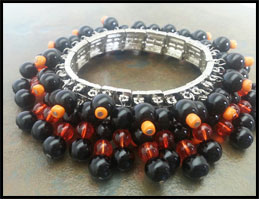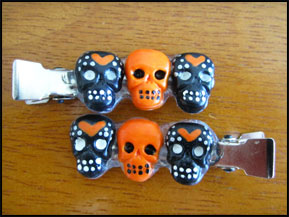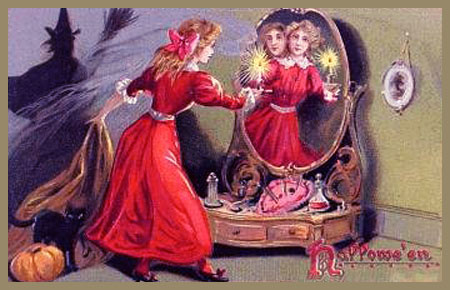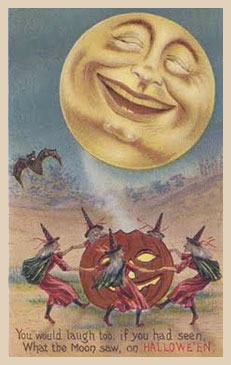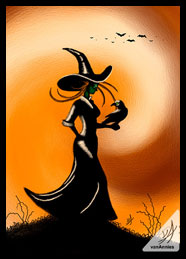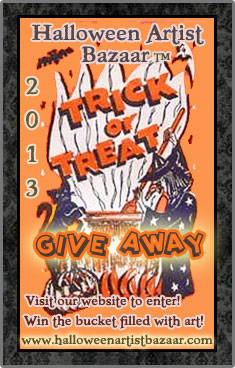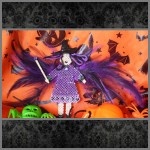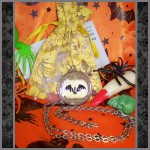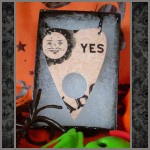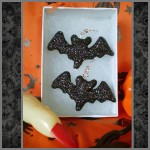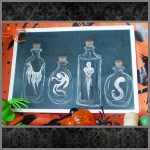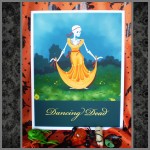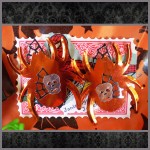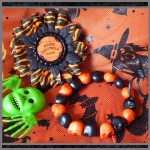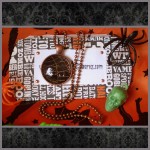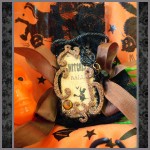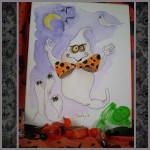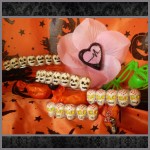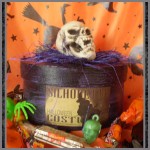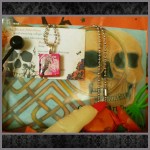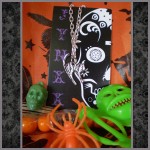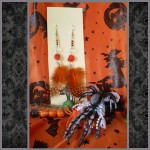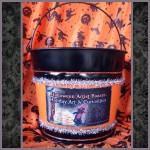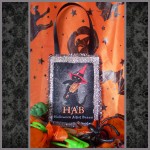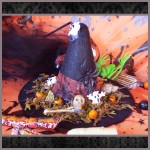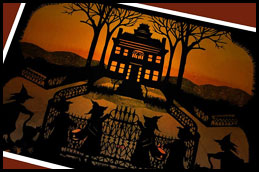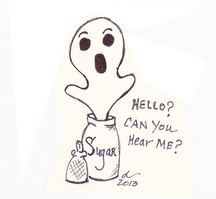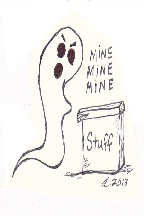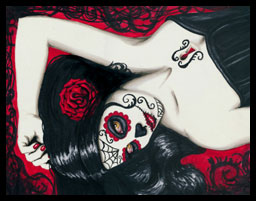
May this Halloween bring you all good fortunes.-By Debbi Decker
Ever had your fortune told? No? Why not? Depending on who does it or how it is done, it can be illuminating and fun at the same time. Tarot and other types of card readings, tea leaves, crystals, and runes are some of the most popular ways of telling fortunes. Fortunetelling is related to divination, which has its roots in ancient civilizations. As an example, the ancient Greeks used oracles to “divine” the future and to predict for its followers. Divination is more aligned to ritualistic and religious practices, while fortunetelling has, over time, become more aligned to social and non-religious settings. Most of what we know today as fortunetelling has its roots in the European Renaissance era. It can be argued that present-day fortunetelling owes its arrival to the witchcraft persecutions. Those who practiced any form of fortunetelling or divination risked their life and the lives of their family and friends during this dark period of time. So, much like the early Christians appropriating pagan celebrations and cloaking them with Christian beliefs, the practice of fortunetelling and divination was given a “cover” of superstition, party games, and other social connotations. While still frowned upon by many during the burning times, it was still considered a pastime and not so much a religious practice.
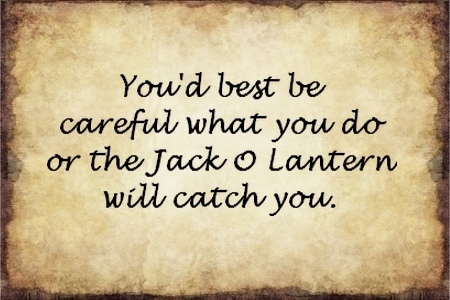
The Victorians, with all their love of past pagan practices, brought another revival of the fortunetelling genre to family gatherings. Halloween parties and Yule gatherings saw a surge of such practices and the popularity is partly evidenced with all the different post cards created during this era that either reference a fortunetelling game or actually offer the reader a fortune right on the card.
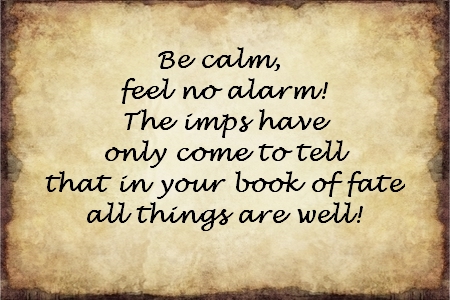
One of my favorite fortunetelling games was taught to me by my Grandmother. She would give me an apple and a paring knife. The idea was to peel around the apple in a long strip, keeping as much of the strip as intact as possible. Once done or when the peel broke off, the peel was held gently in my cupped hand and thrown over my left shoulder, while wishing to know who my husband or next beau was to be. If I saw an initial in the way the peel lay on the floor, it was surely the initial of my next love! I must have done this every Halloween for years hoping to see the initial of the “one”!
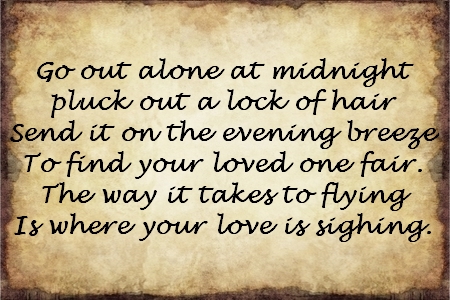
Nuts were given the names of the persons of the opposite sex. Some would carve the initials onto the nuts, while others would choose a different type of nut for each person. The nuts would be then be thrown into the fire in a fireplace or bonfire, and the name of the first nut to pop would be the name of the nut owner’s bride or groom.
Victorian girls who were anxious to be married would walk down a flight of stairs at midnight, holding a candle in one hand and a mirror in the other, hoping to see the face of the man they would marry in the mirror!
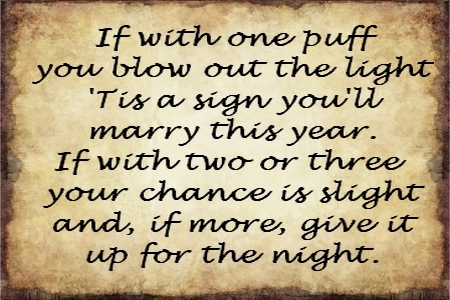
A burning candle’s melted wax would be dripped into a basin of water and scrutinized for shapes of familiar objects and letters with the hope that a future would be revealed for the person looking.
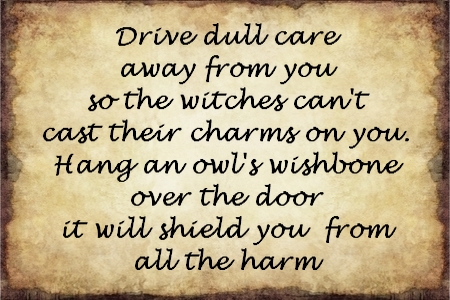
These are only a sampling of the many games that were played throughout the Victorian age at Halloween. Why not try a few at your next Halloween gathering? And don’t forget to bob for apples. The first person who snags an apple from the tub will be the first person to marry. Already married? Well, I cannot help you there. Perhaps you will need to seek the services of a fortuneteller to get the answer to that one!
Debbi Decker is proprietor of twistedpixelstudio Art & Assemblage Emporium. Check out her artist page to find links to her shop and blog to read more of her writings. Visit again next month for the telling of hauntings and ghostly tales by Debbi Decker.

